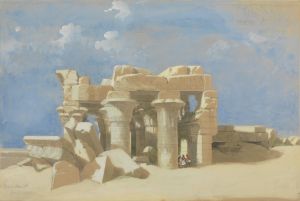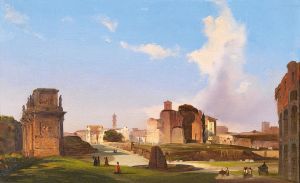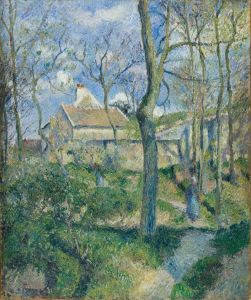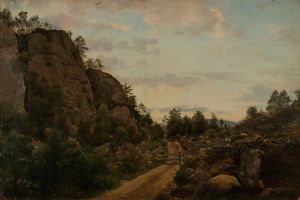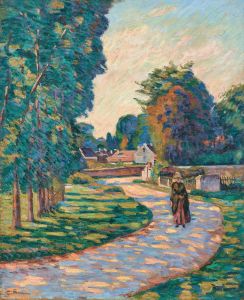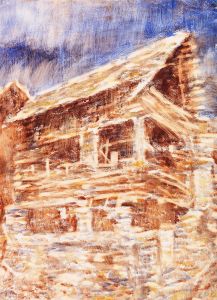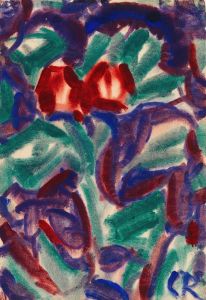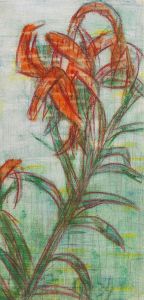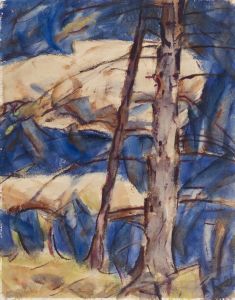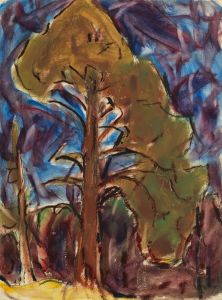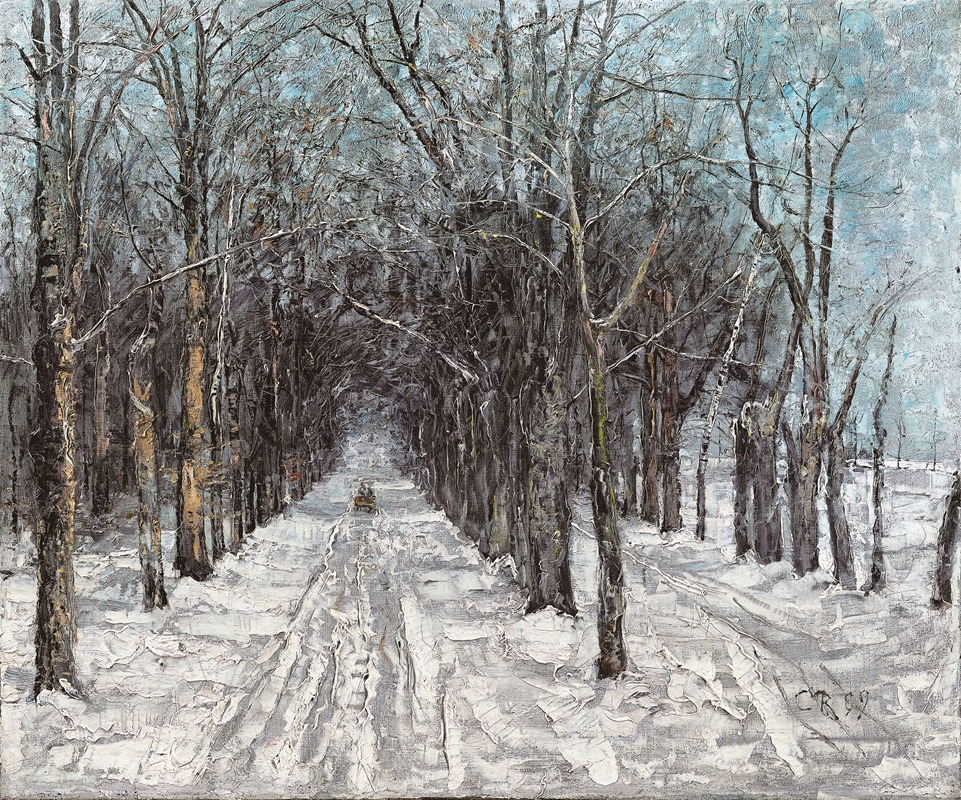
Belvedere Allee in Weimar
A hand-painted replica of Christian Rohlfs’s masterpiece Belvedere Allee in Weimar, meticulously crafted by professional artists to capture the true essence of the original. Each piece is created with museum-quality canvas and rare mineral pigments, carefully painted by experienced artists with delicate brushstrokes and rich, layered colors to perfectly recreate the texture of the original artwork. Unlike machine-printed reproductions, this hand-painted version brings the painting to life, infused with the artist’s emotions and skill in every stroke. Whether for personal collection or home decoration, it instantly elevates the artistic atmosphere of any space.
Christian Rohlfs, a prominent German painter associated with the Expressionist movement, created the artwork "Belvedere Allee in Weimar." Rohlfs was born on December 22, 1849, in Groß Niendorf, Germany, and he became known for his vibrant use of color and dynamic compositions. His artistic journey spanned several decades, during which he explored various styles and techniques, ultimately becoming a significant figure in modern art.
"Belvedere Allee in Weimar" is one of Rohlfs' works that captures the essence of a specific location in Weimar, a city with rich cultural and historical significance. Weimar was a center for the arts and intellectual thought, home to figures like Johann Wolfgang von Goethe and Friedrich Schiller. The Belvedere Allee itself is a notable avenue in Weimar, leading to the Belvedere Castle, a Baroque-style palace surrounded by expansive gardens and parkland. This setting provided Rohlfs with a picturesque landscape to depict in his artwork.
Rohlfs' approach to painting was heavily influenced by the Expressionist movement, which emphasized the expression of emotional experience rather than physical reality. His work often features bold colors and brushstrokes, conveying a sense of movement and emotion. In "Belvedere Allee in Weimar," Rohlfs likely employed these techniques to capture the atmosphere and mood of the location, although specific details about the painting's composition and style are not extensively documented.
Throughout his career, Rohlfs was known for his ability to adapt and evolve his artistic style. He initially trained in a more traditional academic manner but gradually embraced Impressionism and later Expressionism. His work often reflects a synthesis of these influences, resulting in a unique and personal artistic language. Rohlfs' paintings are characterized by their vibrant color palettes, dynamic forms, and an emphasis on the emotional and spiritual aspects of the subject matter.
Rohlfs' contribution to the art world was recognized during his lifetime, and he became a respected figure among his contemporaries. He spent a significant portion of his career in Hagen, Germany, where he was associated with the Folkwang Museum. His work was exhibited widely, and he gained a reputation as a leading Expressionist painter. Despite facing challenges, including the political turmoil of his time, Rohlfs continued to produce art that resonated with audiences and influenced future generations of artists.
"Belvedere Allee in Weimar" is a testament to Rohlfs' ability to capture the essence of a place through his expressive style. While specific details about the painting may be limited, it remains an example of his broader body of work, which continues to be studied and appreciated for its contribution to modern art. Christian Rohlfs passed away on January 8, 1938, in Hagen, leaving behind a legacy of innovation and expression that continues to inspire artists and art enthusiasts alike.





![Great gateway leading to the Temple of Karnac [Karnak], Thebes. [Title vignette, vol. 2]](/imgs/217399/s/david-roberts-great-gateway-leading-to-the-temple-of-karnac-karnak-thebes-title-vignette-vol-2-29844773.jpg)
